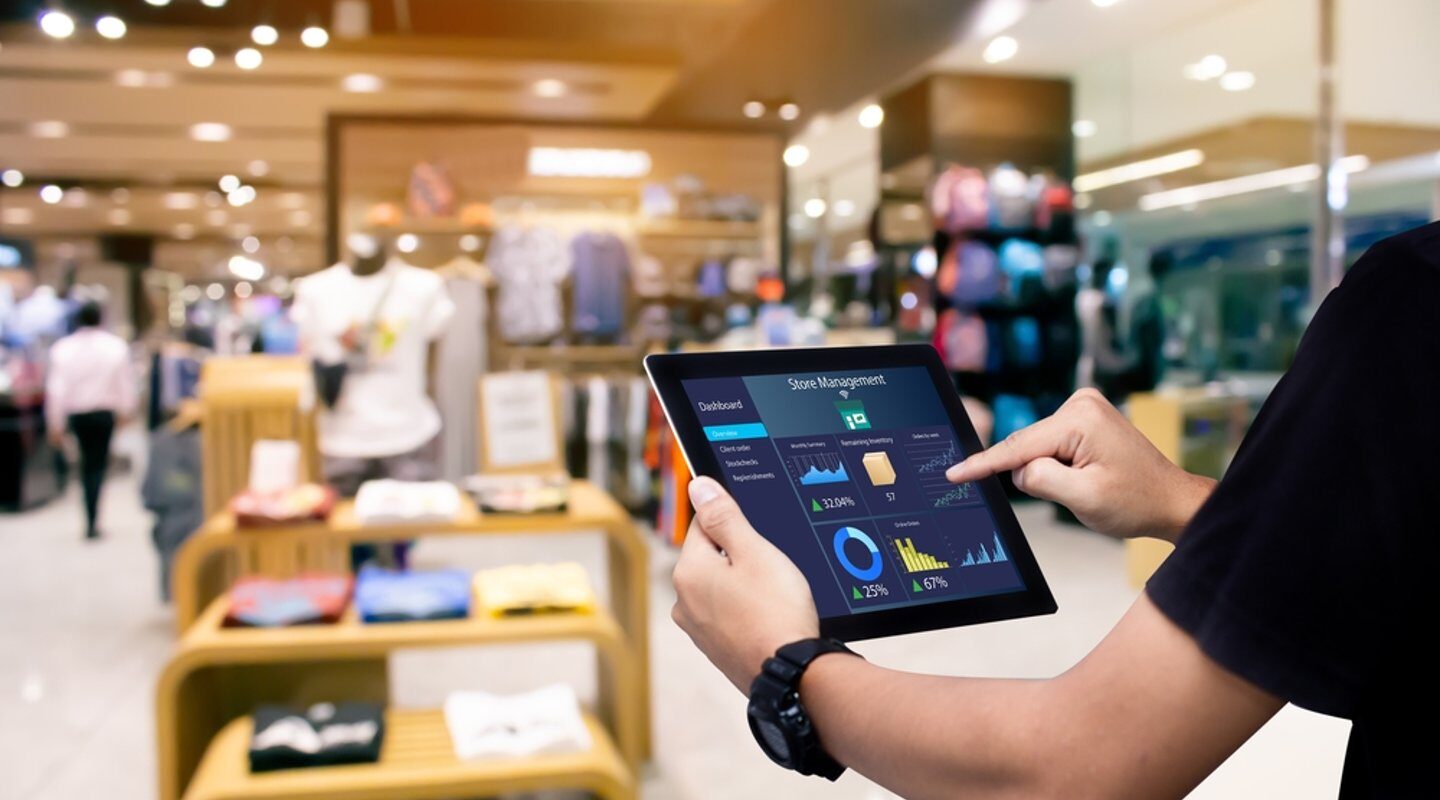Telecom & Technology Consulting

To compete, every major retailer on the planet must have a powerful e-commerce operation. Yet for those who also offer brick-and-mortar shopping, many are experiencing a disconnect between their in-store and online commerce solutions.
This can cause major revenue issues, as a retailer’s omnichannel expertise has much to do with their success. But only 6% of retailers report that they provide consistent omnichannel experiences. Lack of consistency leads to lack of personalization throughout the e-commerce journey.
One main challenge for retailers is that legacy, in-store solutions are not only expensive to maintain, they need ongoing upgrades. In addition, they can be restricted to specific hardware from a specific manufacturer. Even more, because the legacy system is not properly connected to the e-commerce system, customers suffer through disjointed experiences across channels. Inventory levels aren’t clear, which can hurt sales and ultimately brand loyalty.
Omnichannel is paramount to competitive advantage, as it not only provides a consistent consumer experience, it provides a complete view of the customer, including purchase history and shopping preferences. Accordingly, in-store employees are able to deliver personalized service and upsell more then would only be possible during on online purchase.
In this way, in-store associates have constant access to relevant customer data, allowing them to make tailored recommendations. As retailers streamline the sales process, customers enjoy more satisfying experiences.
Retailers are also urged to develop a unified commerce platform, and take a hardware-agnostic approach. Hardware investments will always be a central investment in your retail operation. But it’s still crucial to upgrade the software. In fact, hardware in itself doesn’t hinder omnichannel growth — the issue is the software. A hardware-agnostic approach, combined with the right software, allows retailers to keep associates up to date no matter what physical systems they use.
When separate digital and in-store commerce system are outdated, retailers take the risk of losing sales and reducing market share. Thus the need to unify the customer experience. One way to execute on that goal is to provide employees with more mobile tablets to amplify the checkout process, which means mirroring the sophisitication of a fluid e-commerce transaction. To be more specific, employees get complete access to all product information, inventory data, customer histories, and other beneficial information.
This can be a costly initiative that involves significant time, people, and resources. As such, when retailers are implementing updated in-store commerce solutions, they should take small, incremental steps. This not only makes the upgrade more feasible, your deployment team gains confidence in their ability to successfully complete each phase.
Determine precisely what you want the new commerce system to provide; don’t be vague with notions like “improving productivity” or “increasing sales.” Be specific. For example, if you have POS systems placed at the aisles but desire mobile checkout to eliminate long wait times, take small steps to achieve that goal. Replace certain features and functionality that are either unnecessary or don’t work as intended. If you want to start offering pickup in-store functionality, add that to your system.
Also put yourself in the customer’s shoes and think of scenarios (and the associated technical functionality) that would make them more satisfied. Roll out each feature one by one instead of overwhelming staff with many new features to learn all at once.
More than anything, keep your eye on the prize — that being offering a legitimate omnichannel experience for your customers and potential customers. When the in-store commerce system is aligned with every other touchpoint across all channels, you create seamless, personalized experiences that boost revenue and brand value.